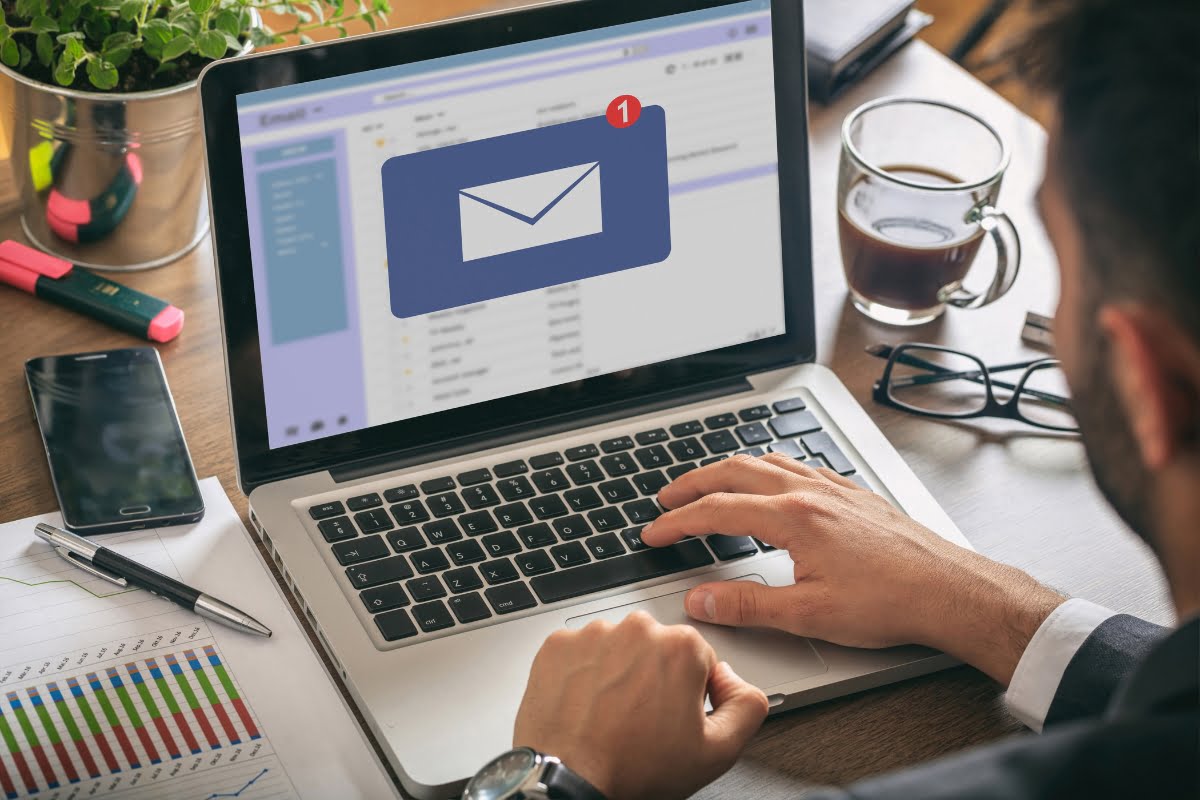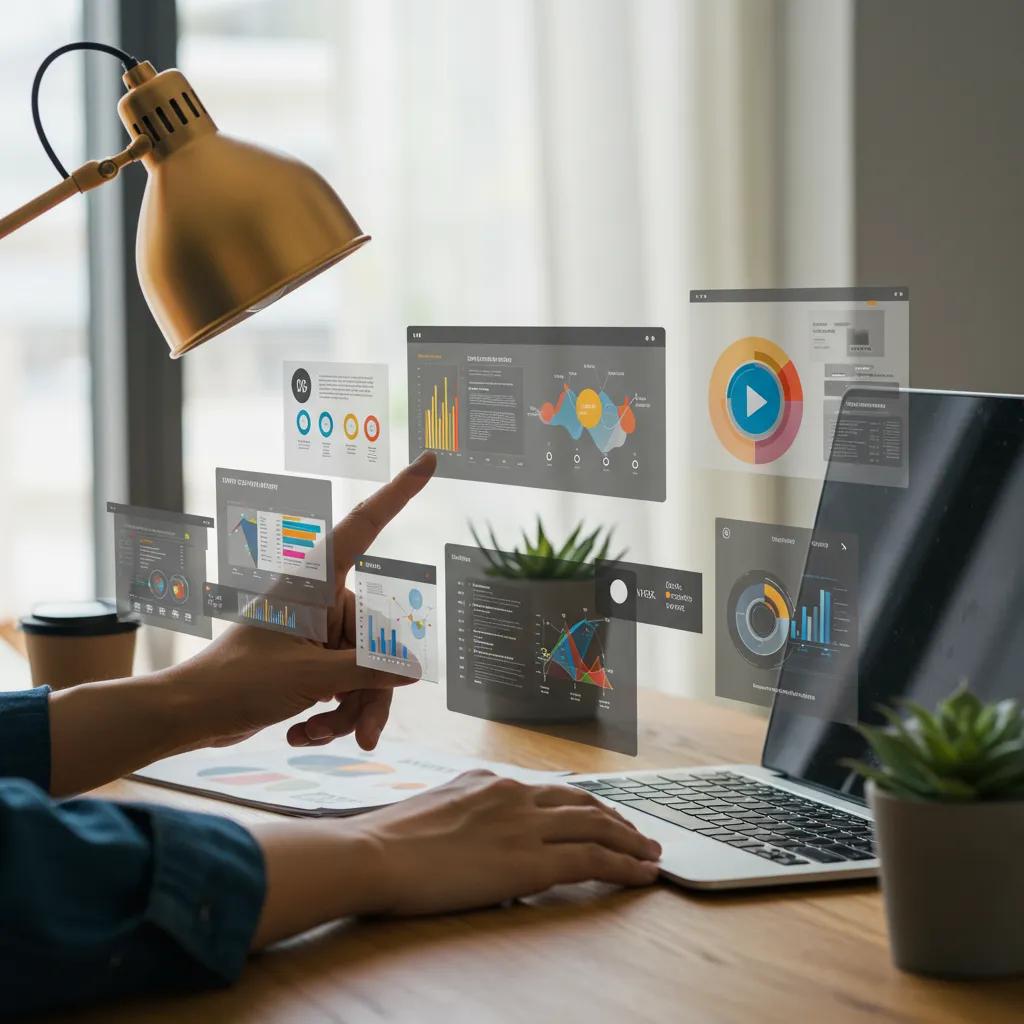In the digital age, personalized communication is key to capturing and retaining customer attention. Email targeting stands out as a powerful strategy for delivering tailored messages that resonate with individual recipients.
By mastering the art of personalized messaging, businesses can significantly enhance engagement, drive conversions, and build lasting relationships with their audience. In this guide, we’ll delve into the essentials of email targeting, offering insights and techniques to craft impactful emails that cater to the specific needs and preferences of your subscribers.
From segmentation and dynamic content to behavioral triggers and analytics, learn how to harness the full potential of email targeting to create compelling, personalized experiences that set your brand apart. Whether you’re a seasoned marketer or new to email campaigns, get ready to elevate your email marketing strategy and achieve remarkable results through the art of personalized messaging.
Personalized Email Strategies for Powerful Campaigns
Understanding the Power of Personalization in Email Marketing
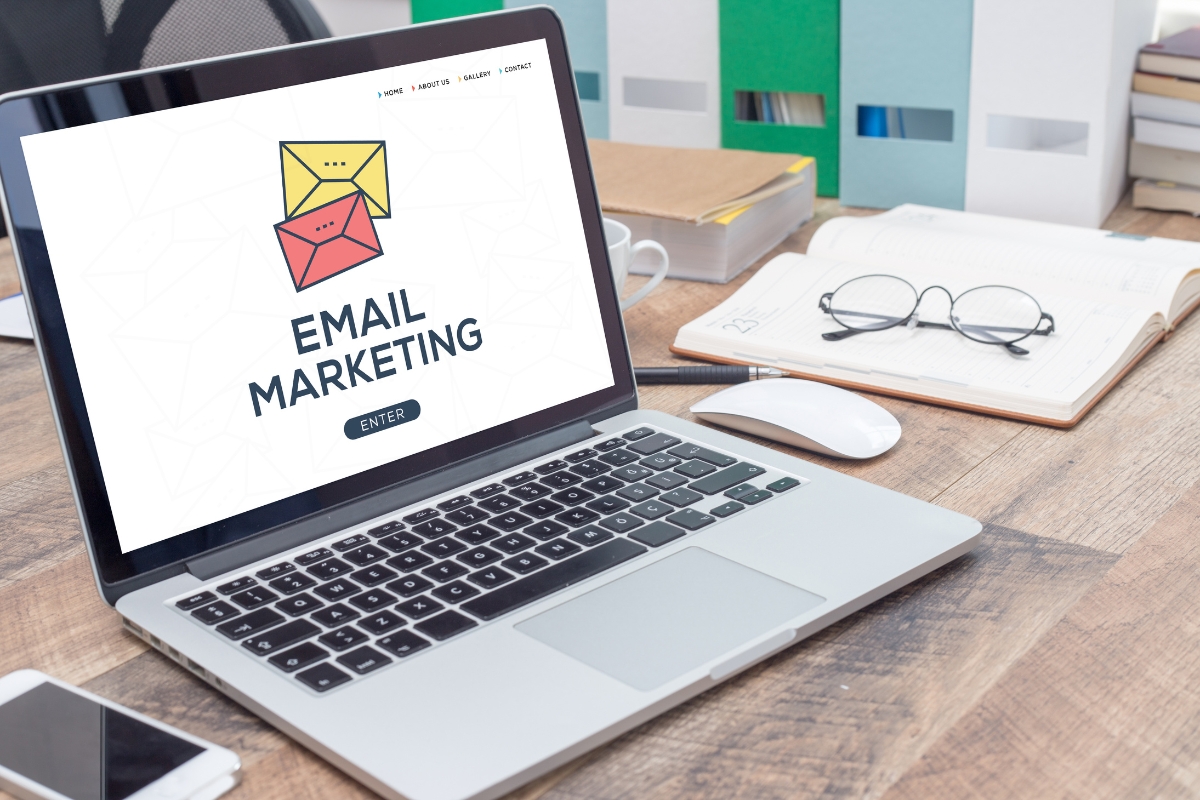
Personalization is the key to unlocking the full potential of your email marketing campaigns. It goes beyond simply addressing your recipients by their first name; it’s about tailoring every aspect of your message to resonate with their unique preferences and interests. By leveraging personalization, you can create a deeper connection with your audience, increase engagement, and ultimately drive better results.
One of the main reasons why personalization is so powerful in email marketing is because it allows you to deliver relevant content to each individual recipient. When people receive emails that are tailored specifically to their needs and interests, they are more likely to open them, read them, and take action. In fact, studies have shown that personalized emails have higher open rates, click-through rates, and conversion rates compared to generic mass emails.
To effectively personalize your email campaigns, you need to have a deep understanding of your audience. This involves collecting data on their demographics, preferences, purchase history, and browsing behavior. With this information at hand, you can segment your audience into different groups based on common characteristics or behaviors.
Segmenting Your Audience: The Key to Effective Email Targeting
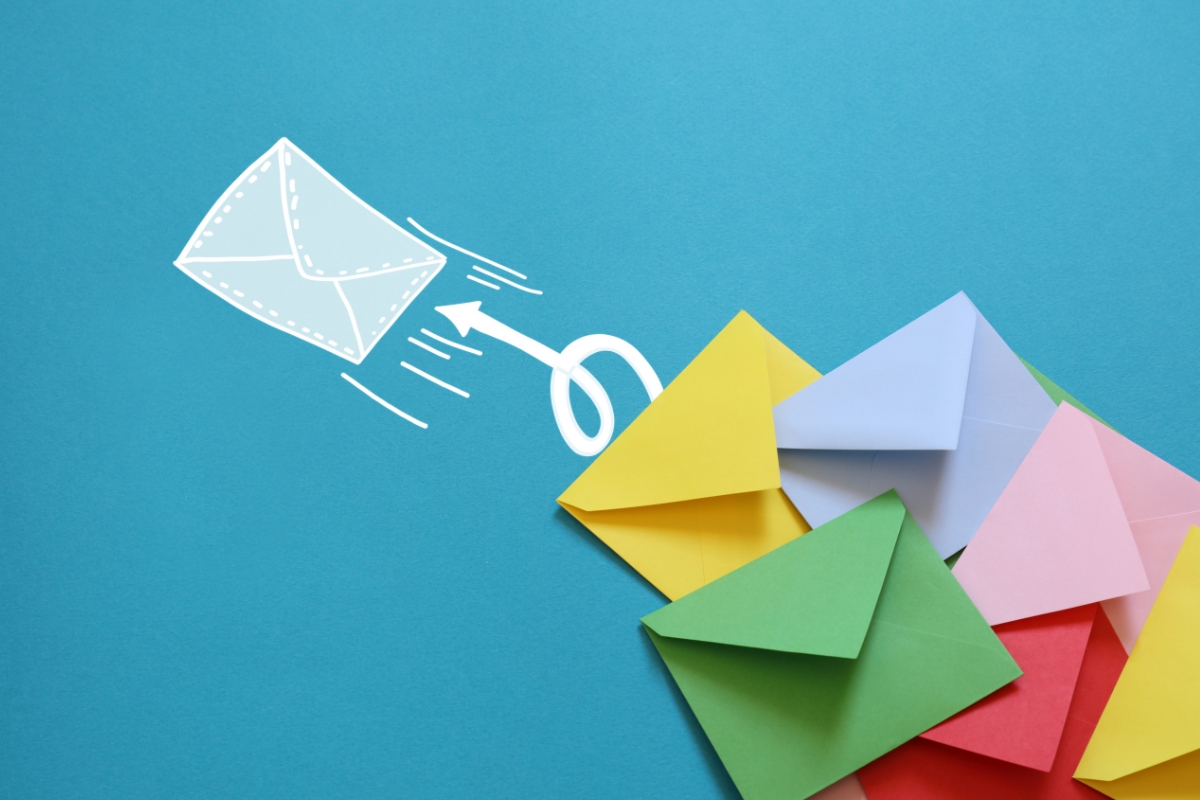
Segmentation is the cornerstone of successful email targeting. By dividing your audience into segments based on demographics, purchase history, engagement levels, or any other relevant criteria, you can create highly personalized and targeted email campaigns. This level of personalization not only enhances the recipient’s experience but also increases the chances of conversion.
When segmenting your audience for email targeting, consider factors such as age, location, past purchase behavior, and interaction with previous emails. By analyzing these data points, you can create segments that reflect the diverse interests and preferences of your audience, allowing you to send emails that are more likely to resonate with each group.
Effective email targeting involves crafting tailored messages for each segment of your audience. Whether you are promoting a new product, sharing exclusive offers, or providing valuable content, personalizing your emails based on the interests and needs of each segment can significantly improve engagement and drive results.
Crafting Compelling Subject Lines that Drive Open Rates
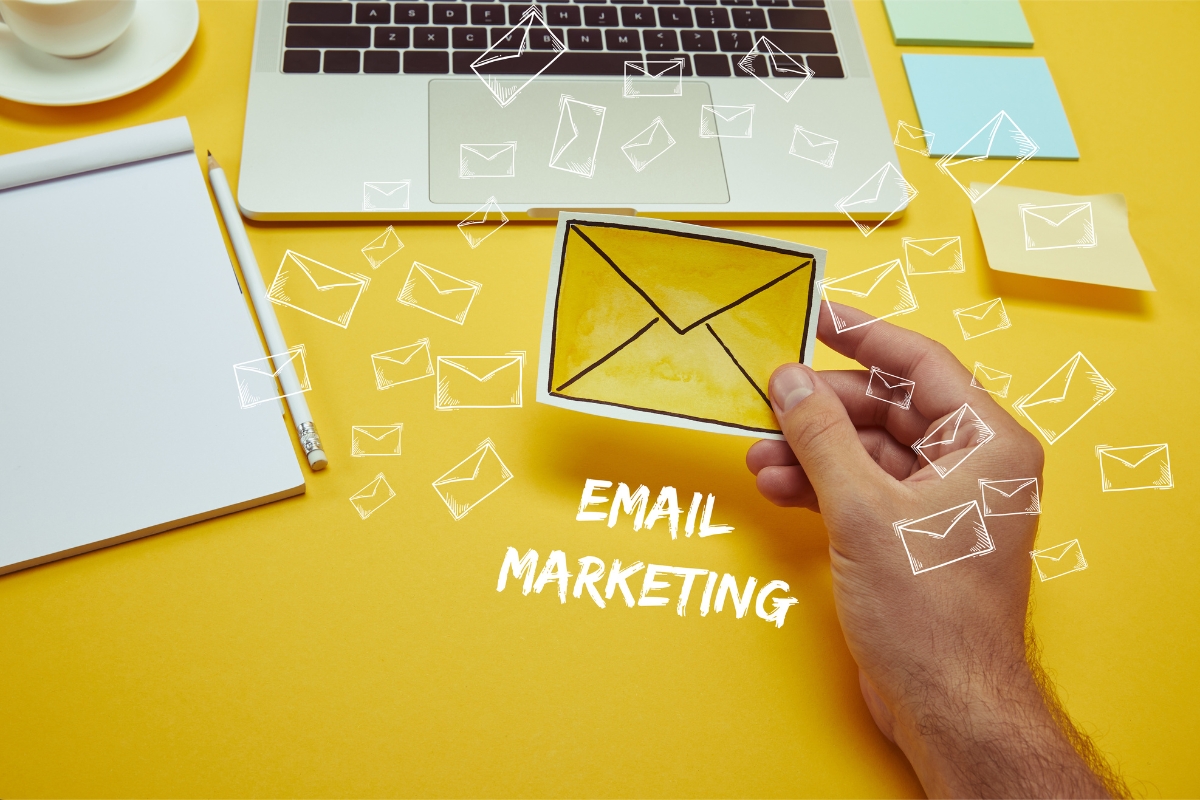
The subject line is one of the most critical elements of an email. It’s the first thing that recipients see in their inbox, and it plays a significant role in determining whether they open your email or not. To maximize open rates, it’s essential to craft compelling subject lines that grab attention and entice recipients to click.
One important aspect to consider is the use of strong and action-oriented language. Words that create a sense of urgency or curiosity can pique the recipient’s interest and compel them to open the email. Phrases like “Limited Time Offer” or “Exclusive Invitation” can create a sense of FOMO (fear of missing out) that drives opens.
Additionally, keeping subject lines concise and to the point is crucial in a world where attention spans are shrinking. Aim to convey the main message or benefit of your email in a clear and succinct manner. Avoid using excessive punctuation or all caps, as these can trigger spam filters and turn off recipients.
Leveraging Dynamic Content for Tailored Messaging
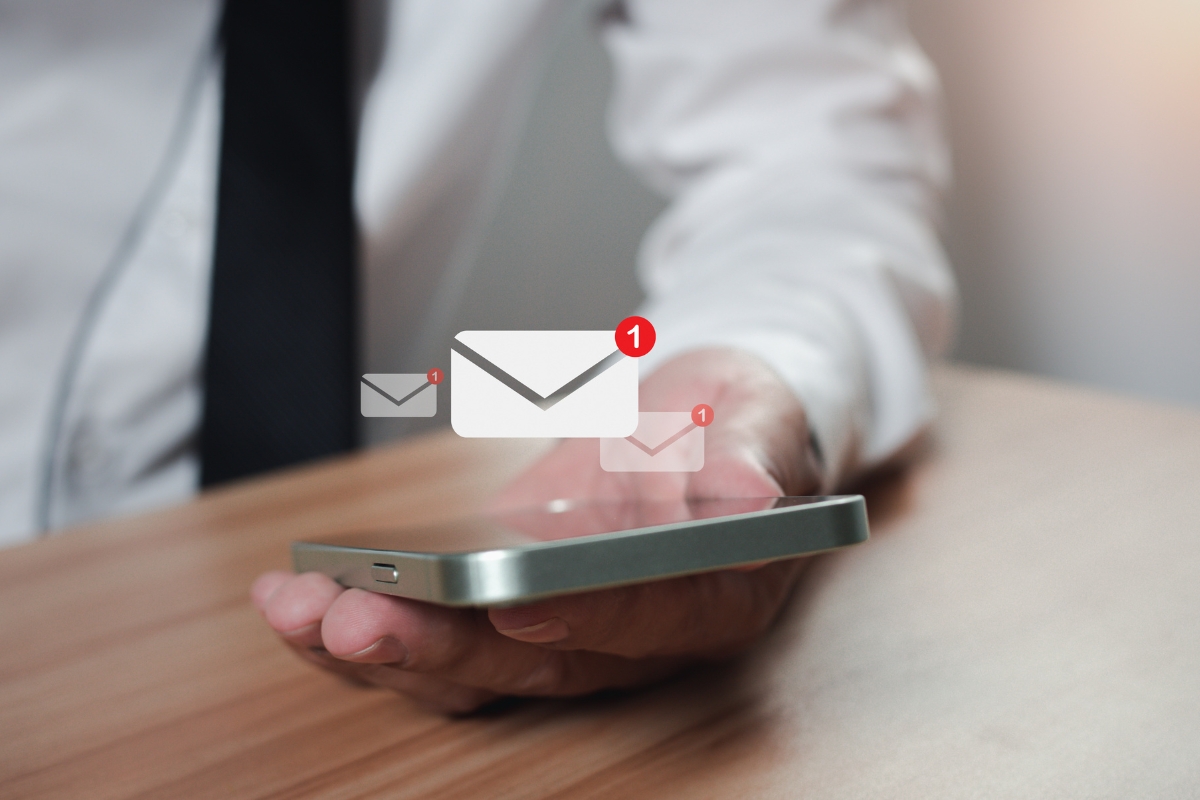
Dynamic content allows you to create personalized email messages that adapt to each recipient’s unique characteristics or behaviors. It enables you to deliver tailored messaging that resonates with your audience on a deeper level.
With dynamic content, you can customize various elements of your email, such as images, text, offers, or calls-to-action, based on the recipient’s data. For example, if you have different product categories, you can show specific products in your email based on the recipient’s past purchases or browsing history.
This level of personalization not only enhances the user experience but also increases the chances of driving conversions. By showing recipients products or offers that are relevant to their interests and preferences, you make it easier for them to make a purchase decision.
Harnessing User Data for Hyper-Personalized Campaigns
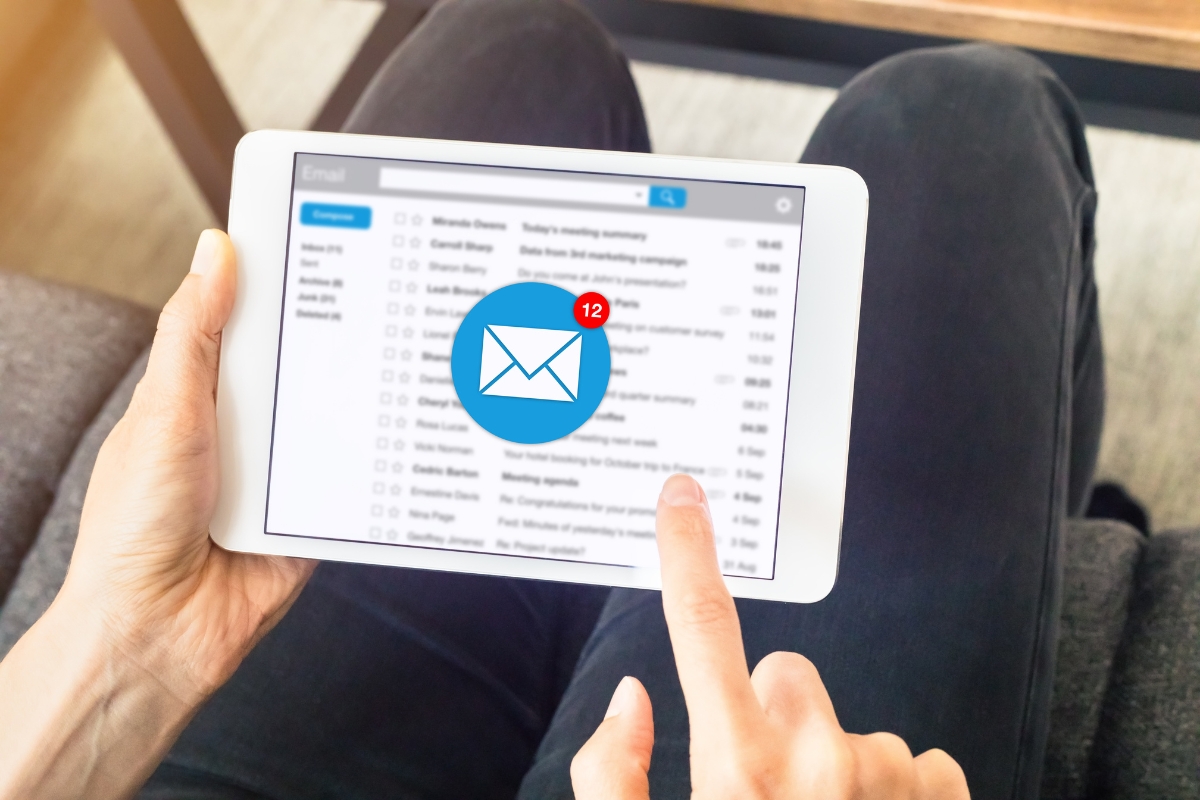
User data is a goldmine when it comes to personalizing your email campaigns. By collecting and analyzing data on your audience’s behavior and preferences, you can create hyper-personalized campaigns that deliver highly targeted content.
There are several types of user data that you can leverage for hyper-personalization:
- Purchase history: Use information about past purchases to recommend related products or offer personalized discounts.
- Browsing behavior: Track how users interact with your website and use this information to personalize product recommendations or content suggestions in your emails.
- Email engagement: Analyze how recipients engage with your emails (e.g., open rates, click-through rates) and use this data to tailor future campaigns to their preferences.
By leveraging user data, you can create email campaigns that feel like one-on-one conversations with each recipient. This level of personalization not only improves engagement but also builds trust and loyalty with your audience.
A/B Testing Your Way to Optimal Email Performance
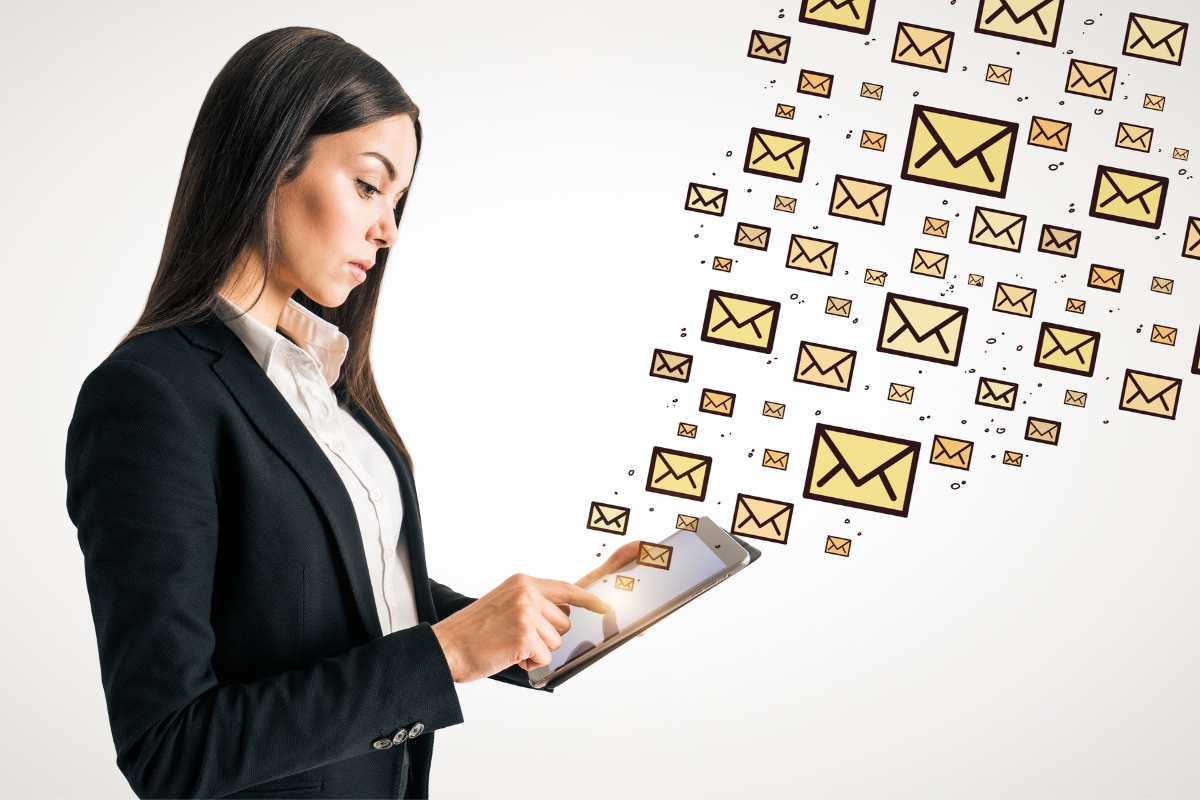
A/B testing is a powerful technique that allows you to optimize your email campaigns by comparing different versions of an email and measuring their performance. By systematically testing different elements of your emails, you can gather valuable insights into what resonates best with your audience.
- Subject Line Testing: One key aspect of email targeting is the subject line. By conducting A/B tests on different subject lines, you can determine which ones drive higher open rates. Try testing variations in length, tone, and personalization to see what captures your audience’s attention.
- Content Testing: Experiment with different types of content in your emails to see what generates the most engagement. This could include testing long-form versus short-form content, images versus text-only emails, or different calls-to-action.
- Personalization Testing: Personalizing your emails based on user data is crucial for effective email targeting. A/B test personalized subject lines, greetings, product recommendations, or content based on user behavior to see what drives better results.
- Timing and Frequency Testing: Test different send times and frequencies to find the optimal schedule for engaging your audience. Consider testing weekdays versus weekends, mornings versus evenings, or different cadences of email sends.
- Design Testing: The visual appeal of your emails can significantly impact their performance. Experiment with different layouts, color schemes, fonts, and imagery to see what resonates best with your subscribers.
By incorporating A/B testing into your email targeting strategy, you can continuously refine and improve your email performance. Remember to analyze the data from your tests carefully and implement the learnings to create more personalized and engaging email campaigns for your audience.
Automating Personalized Campaigns for Scale and Efficiency
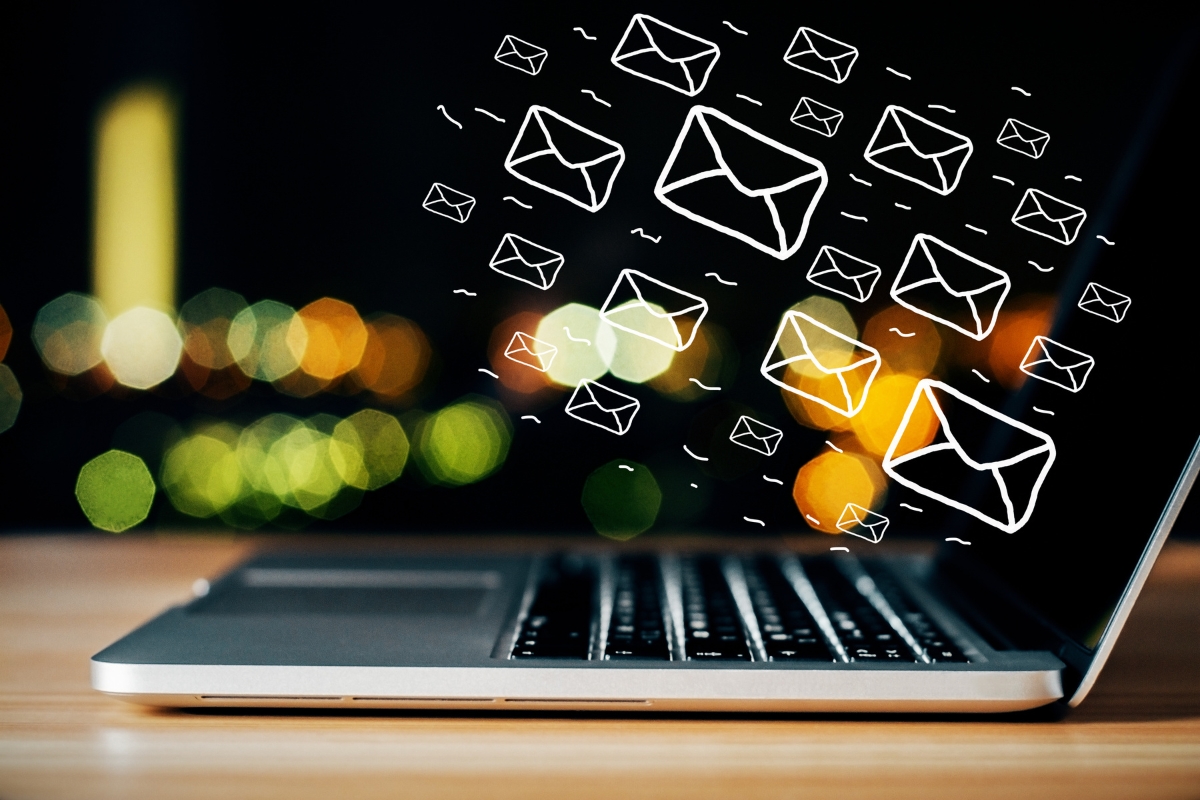
As your email list grows and your personalization efforts become more sophisticated, manual customization becomes impractical. That’s where automation comes in. By leveraging marketing automation tools, you can streamline the process of delivering personalized emails at scale while maintaining efficiency.
Email marketing automation allows you to set up predefined workflows that trigger specific actions based on user behavior or predefined criteria. For example, you can set up an automated welcome email series that sends a personalized sequence of emails to new subscribers.
Automation also enables you to send timely and relevant emails based on specific events or triggers. For example, you can send a personalized birthday email with a special offer to your subscribers on their birthdays.
By automating your personalized campaigns, you can save time and resources while still delivering highly targeted content to your audience. This not only improves efficiency but also ensures consistency in your messaging and enhances the overall user experience.
Ensuring Compliance with Data Protection Regulations
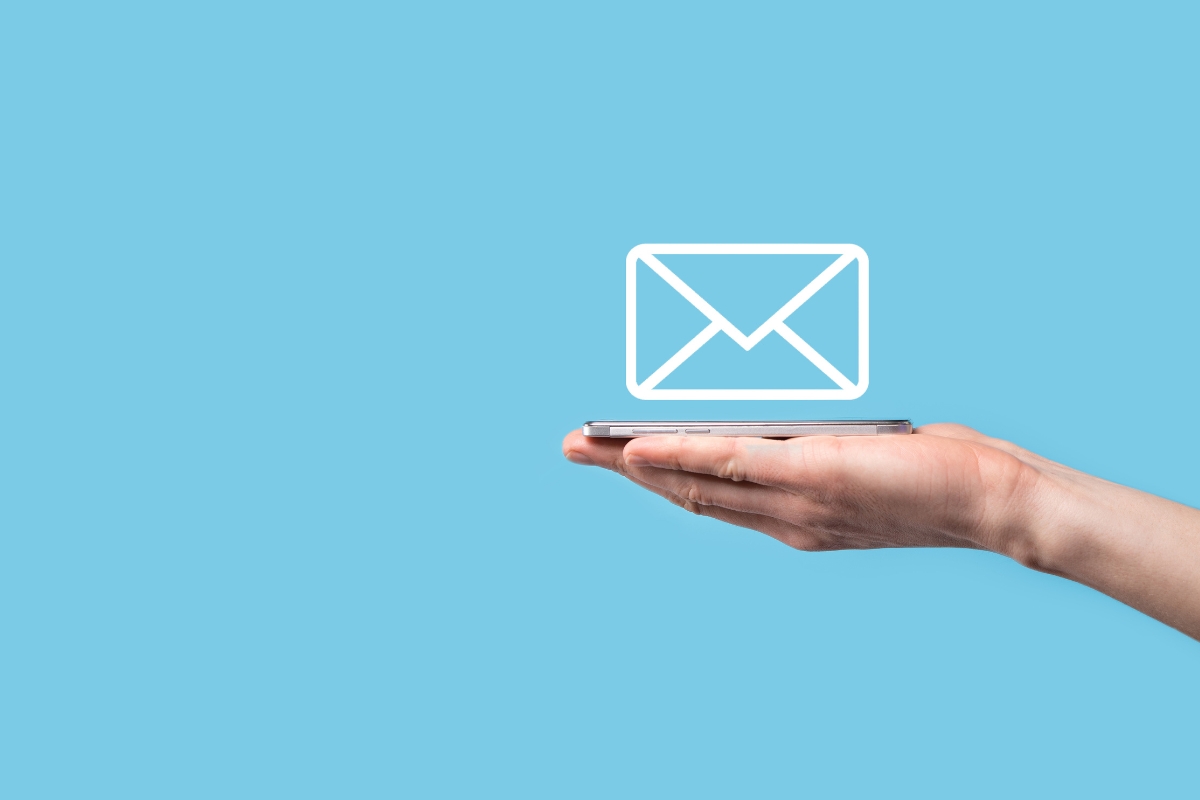
When it comes to personalization in email marketing, it’s crucial to prioritize data protection and privacy. With the introduction of regulations such as the General Data Protection Regulation (GDPR) and the California Consumer Privacy Act (CCPA), businesses must ensure that they handle customer data responsibly and transparently.
To ensure compliance with data protection regulations, consider implementing the following best practices:
- Obtain explicit consent: Before collecting any personal data from your audience, make sure you have their explicit consent and clearly communicate how their data will be used.
- Provide opt-out options: Give recipients the ability to opt out of receiving personalized emails or having their data used for personalization purposes.
- Maintain data security: Implement robust security measures to protect customer data from unauthorized access or breaches.
By prioritizing data protection and privacy, you not only comply with regulations but also build trust with your audience. When people feel confident that their personal information is safe with you, they are more likely to engage with your emails and become loyal customers.
Conclusion: Elevating Your Email Marketing with Personalized Messaging
Email targeting and personalization are no longer optional in today’s competitive digital landscape. To stand out from the crowd and engage your audience, you need to master the art of personalized messaging.
Mastering the art of personalized email targeting can significantly enhance your marketing efforts and drive better engagement with your audience. At Newman Web Solutions, we specialize in creating tailored digital marketing strategies that resonate with your customers and boost your business results.
Ready to elevate your email marketing game? Contact us today at (404) 301-9189 or schedule a free 30-minute strategy session to explore how we can help you craft impactful, personalized messages that connect with your audience.


